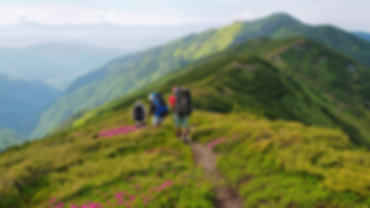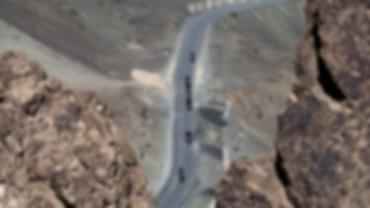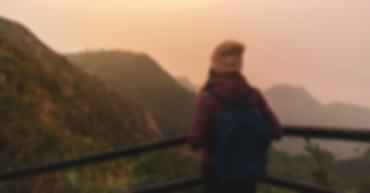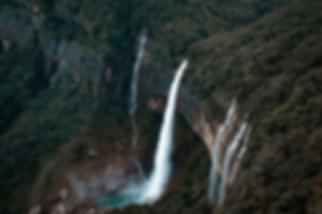How to Trek to Everest Base Camp
Author
Jonhsia Aruldhas
Date of Publishing
March 20, 2025
Read
4 minutes

The Everest Base Camp trek isn’t just a journey to the foothills of the world’s tallest mountain, but an indescribable emotion for trekkers. The trail is filled with dramatic ridges, picturesque views, and once in a lifetime experiences that will change your perspective and transform your life indefinitely. Every moment of the trek is memorable, from walking on the glaciers to witnessing the prayer flags at different points. Trekking to the Everest Base Camp is a difficult journey that tests your resilience, determination, and physical perseverance. Now that you are considering this incredible trek, here is some essential information on how to trek to Everest Base Camp.
About Everest Base Camp
| Location | Khumbu Region, Nepal |
| Distance | Approximately 130 km |
| Starting point | Lukla |
| Ending point | Lukla |
| Highest elevation | 5,364 meters (17,598 feet) |
| Language spoken | Nepali, Sherpa |
| Difficulty level | Moderate to strenuous |
| Trek duration | 12-14 days |
| Best time | Autumn and spring |
| Permits required | TIMS Card, Sagarmatha National Park Permit |
Everest Base Camp Trekking Itinerary: What to Expect
It is exciting to know what each day holds, isn’t it? It is also much needed to get you prepared for these days. Keep your excitement alive and look forward to what the day holds with the general trek itinerary. Usually the Mount Everest Base Camp trek is about 10 to 12 days.
- Day 1: Fly to Lukla and start your trek to Phakding
- Day 2: Trek from Phakding to Namche Bazaar (3,440 meters)
- Day 3: Acclimatization day at Namche Bazaar
- Day 4-6: Trek through Tengboche (3,860 meters) and Dingboche (4,360 meters)
- Day 7-8: Trek to Lobuche (4,940 meters) and Gorak Shep (5,140 meters)
- Day 9: Hike from Gorak Shep to Everest Base Camp and enjoy the views
- Day 10-12: Return trek to Lukla in the same route
Checkout: Top 10 Hill Stations in India to Visit
How to Prepare for the Trek?
Trekking to the Everest Base Camp not only needs physical fitness but also mental strength and determination. Preparation plays a key role in making your experience more enjoyable. Work on yourself to get ready for the life-changing trek.
Fitness: You needn’t be a professional athlete or a bodybuilder, but you need some fitness requirements for the trek. Cardio workouts and strength training would be helpful for the long and strenuous trek.
Mental strength: When it comes to treks, mental resilience and determination can work wonders. The mind has to adapt to the challenges and be positive at all times. Make sure not to set unrealistic expectations, which might lead to disappointments.
Logistical preparation: The trek has some straightforward procedures and permits to acquire. Ensure you get a Sagarmatha National Park Permit and a TIMS (Trekkers’ Information Management System) Card at the earliest. Hiring guides and porters can help you with your trek. If you are a part of a group package, these things will be taken care of.
Travel insurance: Taking travel insurance is a safer choice. It is important to opt for one that covers emergency evacuation and altitude sickness. Also check if your insurance covers trekking at high altitudes, up to 5,500 meters.
Checkout: Budget trips in India
When to Plan Your Everest Base Camp Trek?
The EBC trek experience differs based on the seasons. Get to know about the pros and cons of each before planning your trek.
| Season | Months | Pros | Cons |
| Spring | March – May | – Mild weather- Clear skies- Wildflowers in bloom | – Crowded trails- Higher costs for permits |
| Autumn | September – November | – Excellent visibility- Moderate temperatures- Less rainfall – Fewer chances of snow | – Busy accommodation and higher prices- Large crowds |
| Winter | December – February | – Fewer trekkers & quieter trails- Lower costs for permits and accommodation | – Extreme cold- Snow and icy conditions on trails- Limited services |
| Monsoon | June – August | – Fewer trekkers, very quiet- Lower costs | – Heavy rain- Slippery trails and landslides- Reduced visibility- Risk of trail closures or delays |
Checkout: Top Waterfalls in India
What to Pack for the Trek?
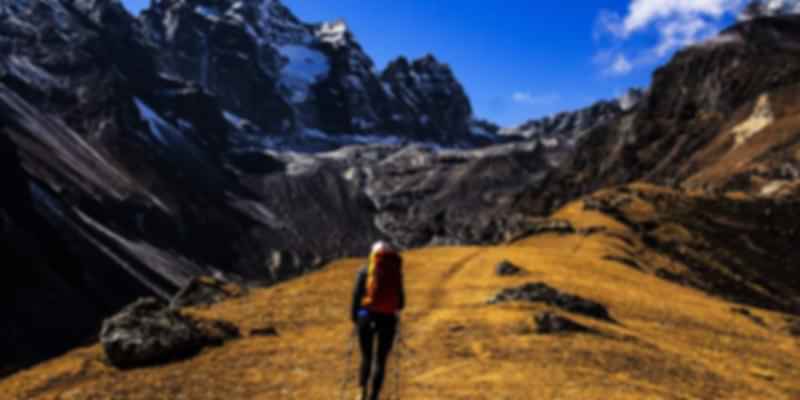
What to Pack for Trek
Here comes the difficult part of getting ready for the day. Packing for a trek is challenging, right? You must not leave out on the essentials; at the same time, you will have to manage the load. Why don’t we make it easy for you with a packing checklist?
Clothing
- Lightweight clothes
- Fleece jacket
- Waterproof jacket and pants
- Trekking boots
- Warm hat, gloves, and socks
- Sunhat and sunglasses
Gear
- Trekking poles
- Headlamp
- Backpack (30-40 liters)
- Water bottles and purification tablets
Health & safety
- First aid kit
- Altitude medication
- Sunscreen and lip balm with SPF
- Hand sanitizer and wet wipes
The EBC trek is definitely going to push your limits and let you see the unseen beauty of the Himalayas. If you have the right mindset and good preparation, it will be a once-in-a-lifetime experience. Imagine standing at the base of the world’s highest peak; how do you feel? That is an indescribable emotion. The challenges and struggles fade in an instant as you share laughter and stories with your fellow climbers. It’s time to stop dreaming and make it a reality. Start planning your trek to Everest Base Camp and take the hardest first step towards an adventure of a lifetime.
Recommended articles for you
Discover Packages







